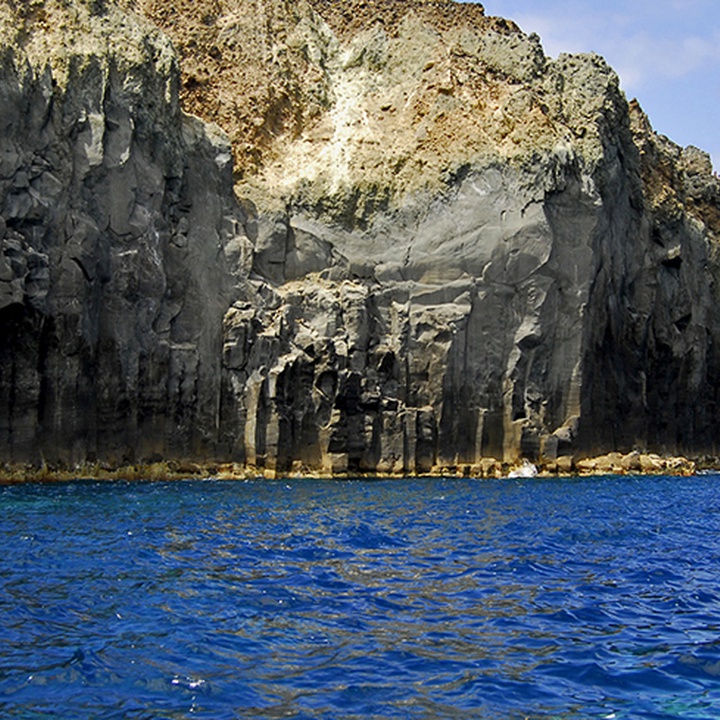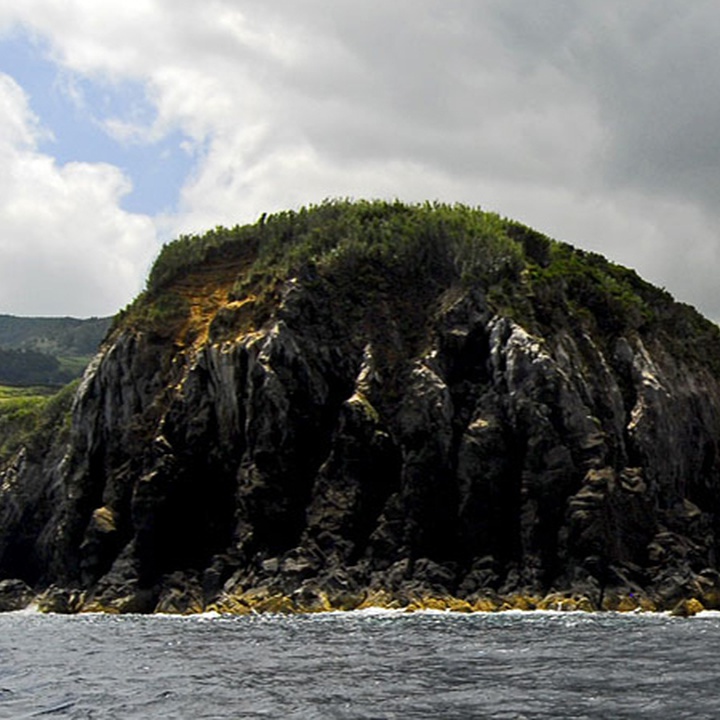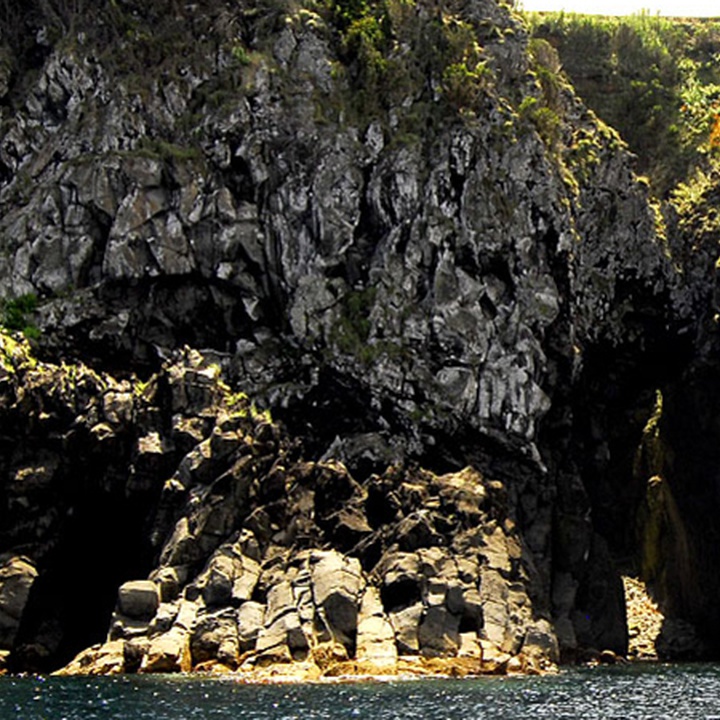Text size:
Costa das Quatro Ribeiras
Protected Area for the Management of Habitats or Species
Located in the north coast of the island, this protected area occupies about 57 hectares and has several inaccessible sea-cliffs, with maximum heights of approximately 70 metres, where several streams disembogue, of which some are permanent.
This shoreline follows the north slopes of the Pico Alto Volcano and is characterized by trachytic volcanic formations, which comprises the island’s eruptive activity of the last 23 thousand years.
Noteworthy in these sea-cliffs are the thick outcrops of pyroclastic deposits, including pyroclastic flow deposits (ignimbrite), although pyroclastic fall deposits (pumice) are also abundant. In the protected area, thick lava flows rich in silica, named coulées, some of which flowed to the coast (as is the case of the Biscoito das Calmeiras) and display prismatic jointing.
In this coast, there are also hanging valleys in streams of permanent or intermittent flow (with waterfalls in the mouth area), sedimentary deposits (such as Fajã da Alagoa), shallow sheltered bays, shoals and reefs, as well as semi-submerged caves and fissures of considerable width.
Regarding the sea-cliffs’ vegetation, stand out Azorean Sandspurry (Spergularia azorica), Azorean Heather (Erica azorica), Azorean Coastal Forget-me-not (Myosotis maritima), Azorean Dock (Rumex azoricus) and the emblematic Azorean Bellflower (Azorina vidalii). On the lava fields are coastal woodlands with Short Leafed Juniper (Juniperus brevifolia), rare plant formations due to human occupation.
In terms of birds, it is possible to observe the Cory's Shearwater (Calonectris borealis), the Common Tern (Sterna hirundo) and occasionally, the Grey Heron (Ardea cinerea), the Sanderling (Calidris alba) and the Kentish Plover (Charadrius alexandrinus).
It is possible to cross the east sector of this area through the Baías da Agualva walking trail (PR02TER).
This area includes a geosite of the Azores UNESCO Global Geopark, borders with a Marine Protected Area of Resources Management, is a Special Area of Conservation (SAC) within the Natura 2000 network and integrates an Important Bird and Biodiversity Area (IBA) of the BirdLife International organization.







